Differences Between Single‑Phase and Three‑Phase Air Cooler Motors
For industrial or commercial cooling systems that require high power, continuous operation, and low noise, three‑phase Air Cooler Motors are preferable. Single‑phase motors are more economical for sites with limited power supply and modest power requirements.
| Single‑Phase Motor | Three‑Phase Motor | |
| Power Supply | Requires one phase + neutral (220 V) | Requires three phases (380 V) |
| Starting Method | Needs a start capacitor or centrifugal switch; structure is relatively complex | Generates a rotating magnetic field directly from three phases; no extra starting device required |
| Power‑to‑Weight Ratio | For the same power, larger volume and weight, lower torque | For the same power, smaller volume, lighter weight, higher torque |
| Efficiency & Power Factor | Slightly lower efficiency; power factor affected by the capacitor | Higher efficiency; power factor close to 1, friendly to the grid |
| Operational Smoothness | Higher vibration and noise; suitable for light‑load applications | Low vibration, low noise; suitable for industrial heavy‑load applications |
| Cost | Simpler structure, lower initial cost, ideal for small or low‑budget projects | Slightly higher upfront cost, but lower operating energy consumption over time |
Conclusion: For industrial or commercial cooling systems that require high power, continuous operation, and low noise, three‑phase Air Cooler Motors are preferable. Single‑phase motors are more economical for sites with limited power supply and modest power requirements.
Why does the air cooler motor become noisier during operation?
Reasons Why Noise May Increase When an Air Cooler Motor Is Running
1.Aerodynamic Noise – Turbulence generated by high‑speed fan blades is the primary source of noise; the higher the speed, the louder the sound.
2.Electromagnetic Noise – Becomes significant around 1 600 rpm; above 2 000 rpm, aerodynamic noise dominates.
3.Structural Resonance – If the operating frequency coincides with the natural frequency of the motor‑fan assembly, resonance amplifies noise, often heard as a “hum”.
4.Improper Air‑flow Duct Design – Unbalanced ducts or mismatched blade counts cause uneven airflow, increasing noise.
5.Air‑cooled vs. Water‑cooled – Compared with water‑cooled motors, air‑cooled units generally produce higher noise because the fan itself contributes most of the sound.
6.Noise‑reduction suggestions: Use non‑uniform blade spacing, optimize duct geometry, add damping supports, select low‑noise bearings, or install acoustic enclosures at critical frequencies.


 English
English عربى
عربى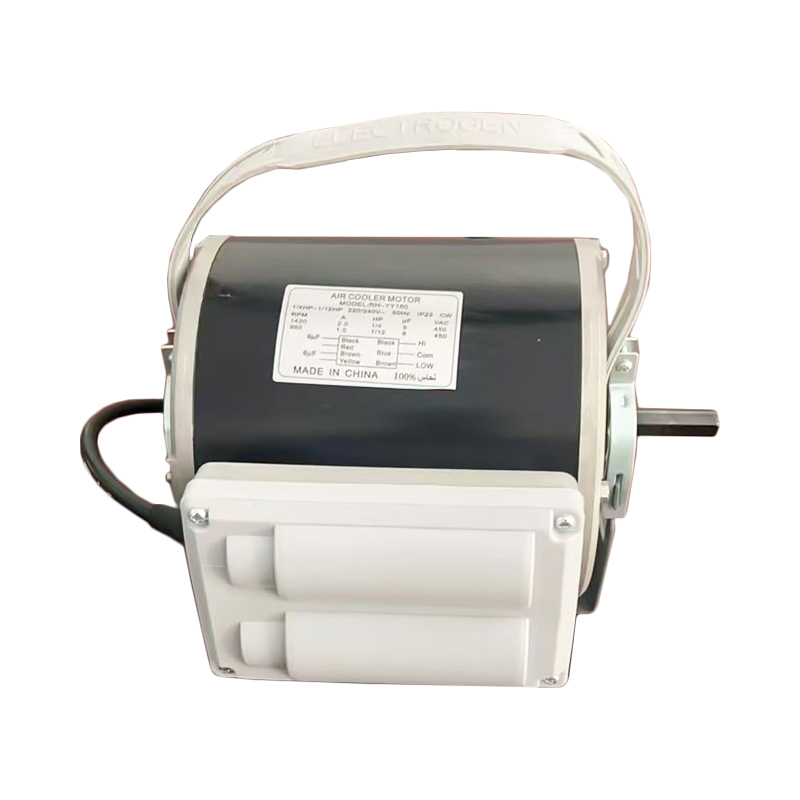
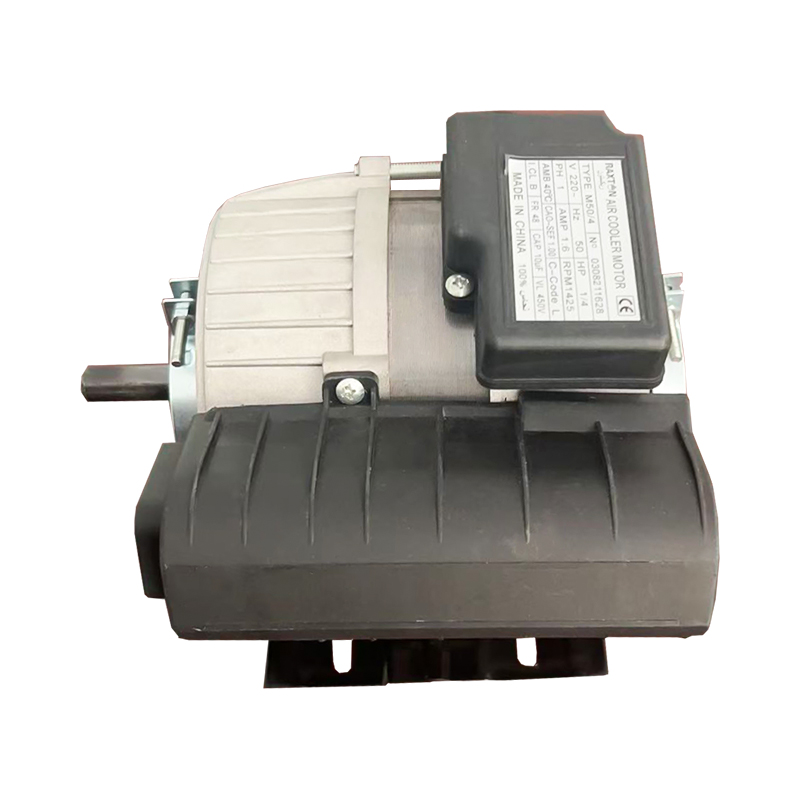
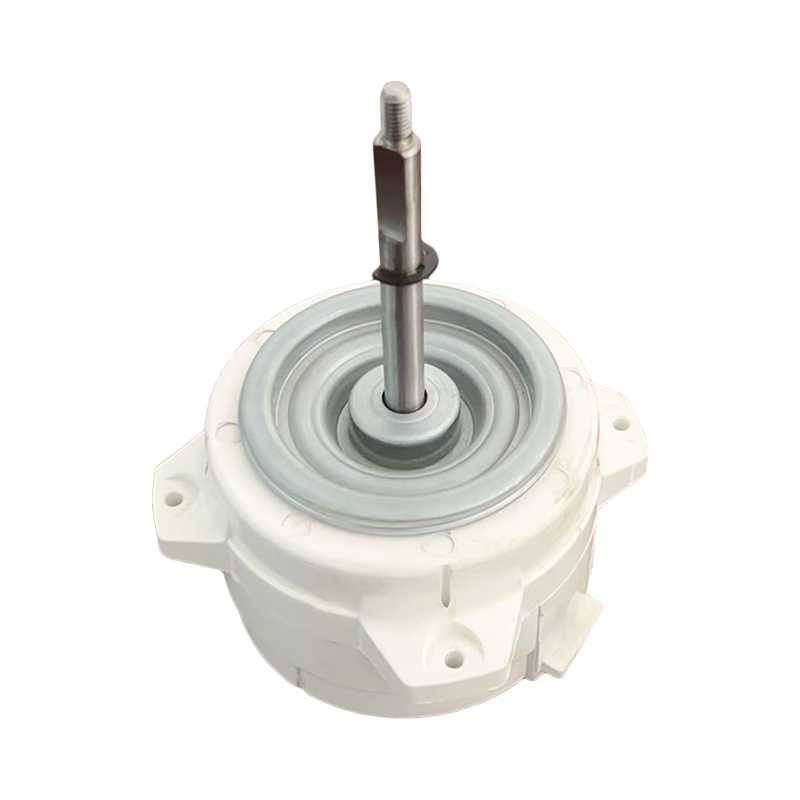
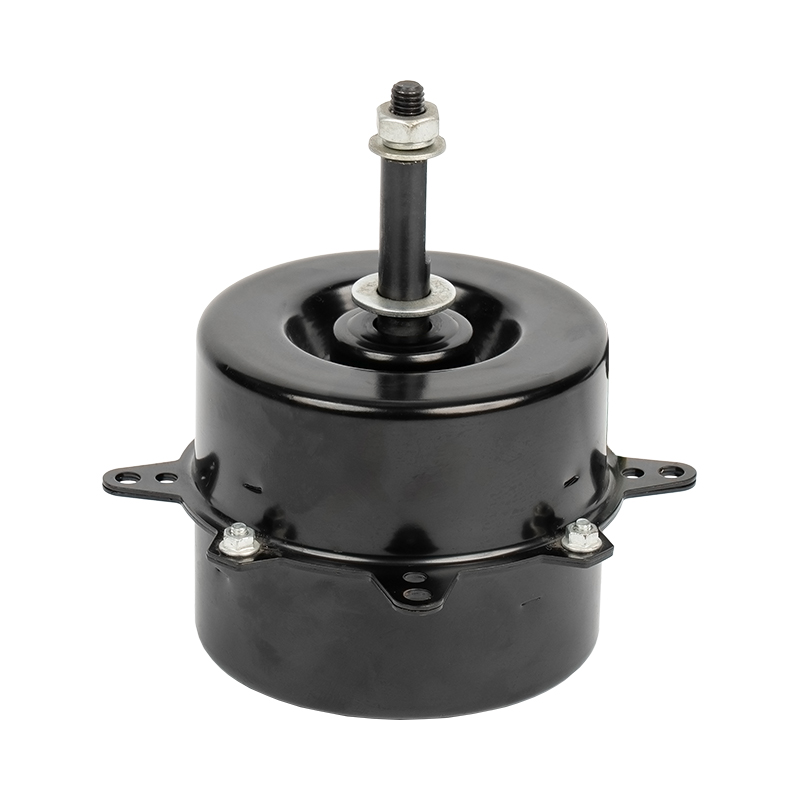
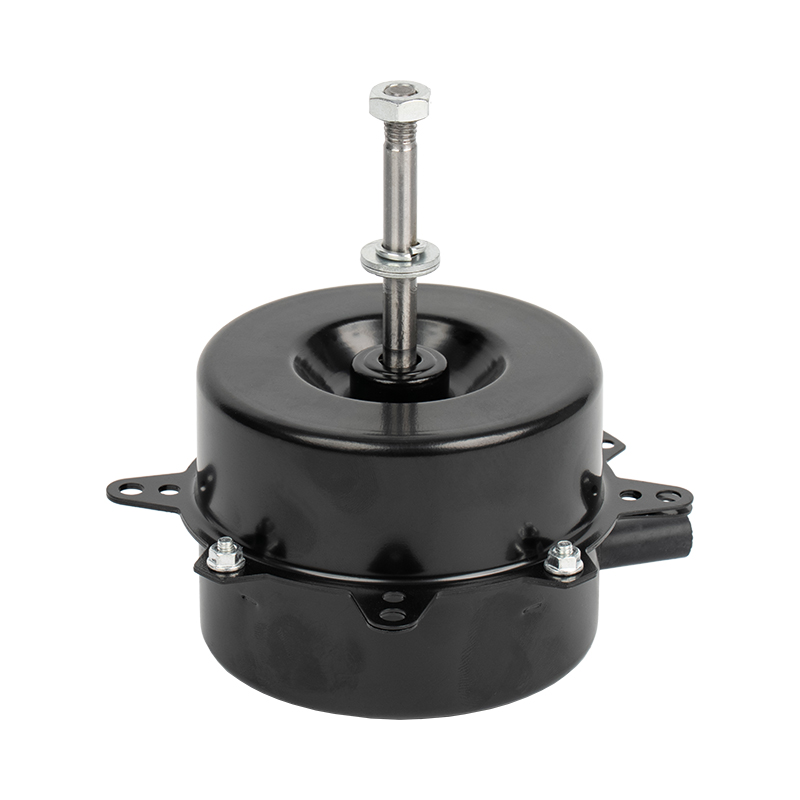
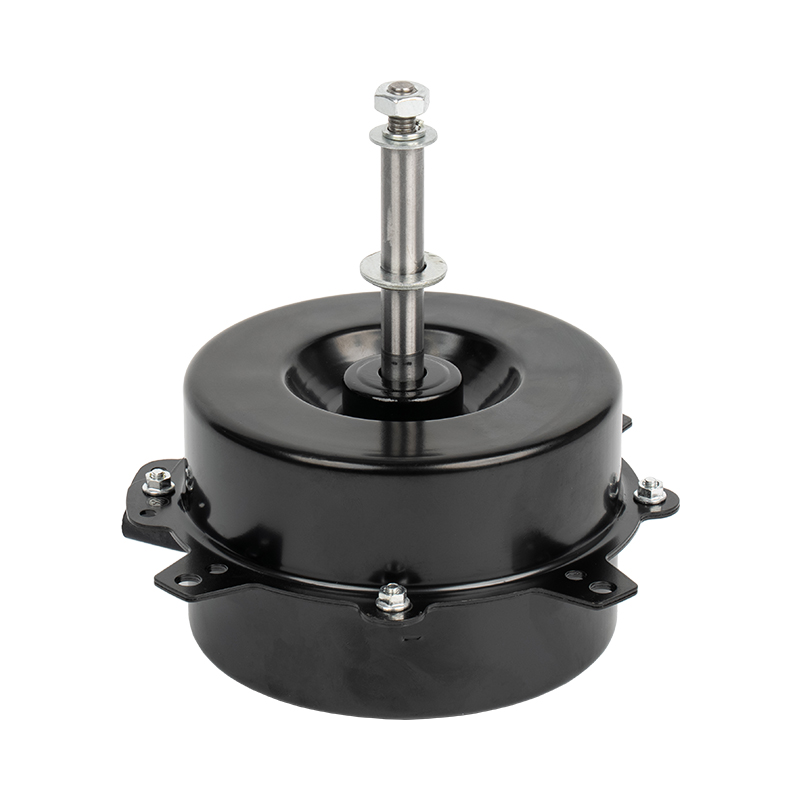
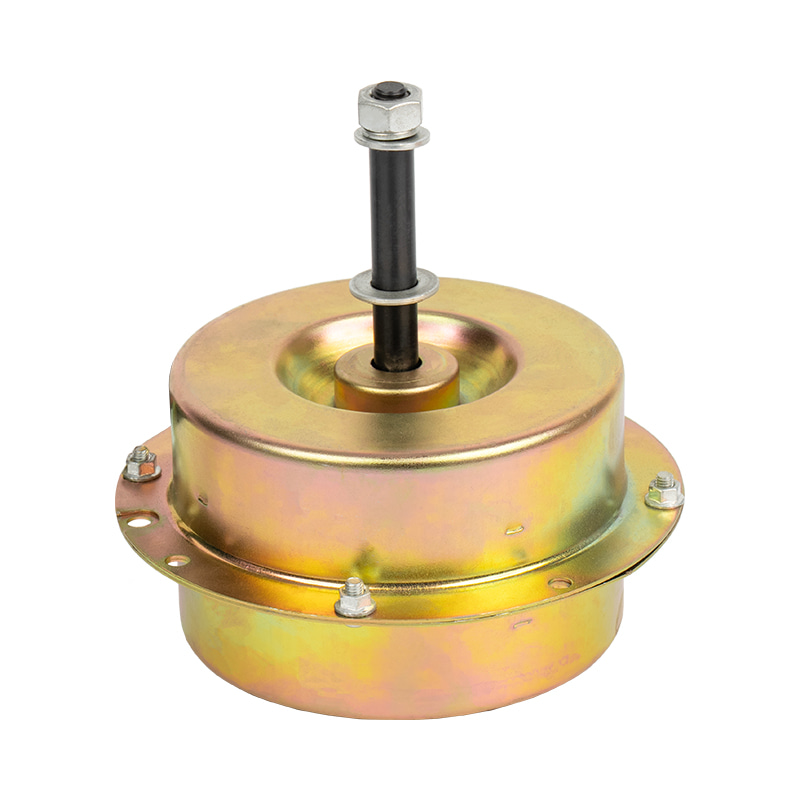
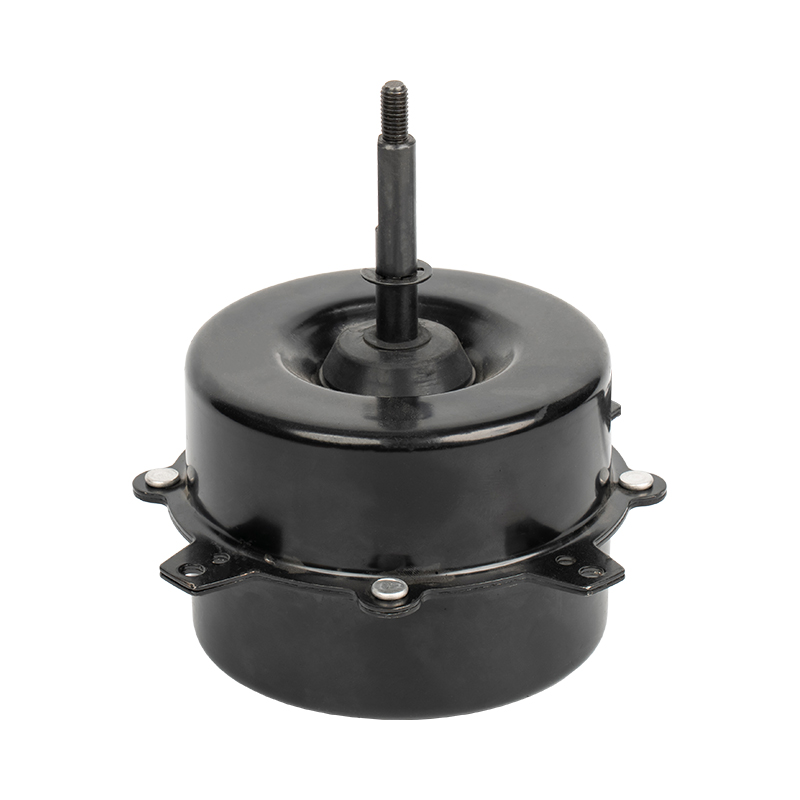
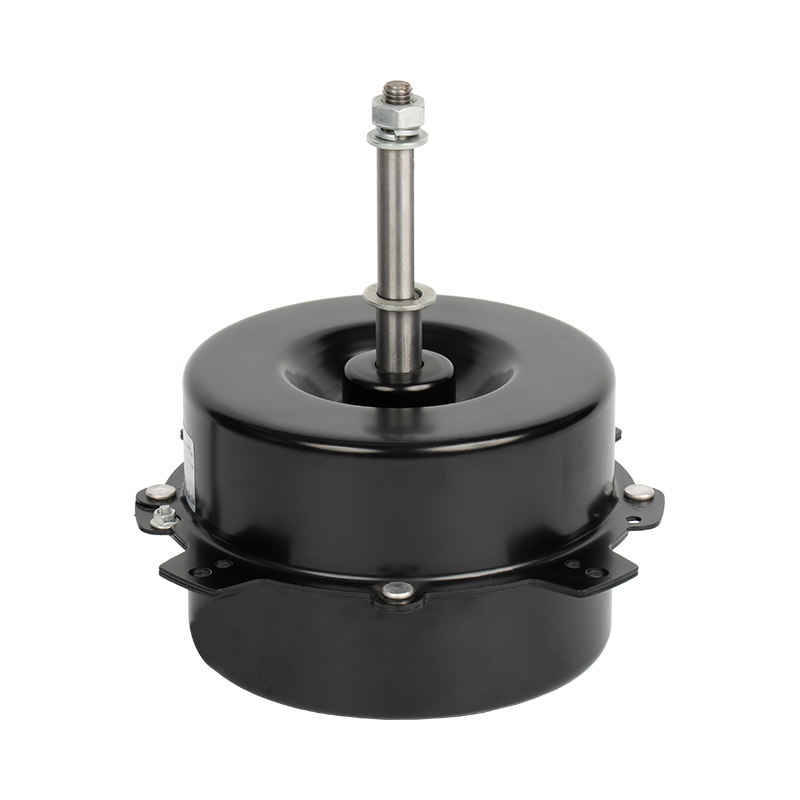
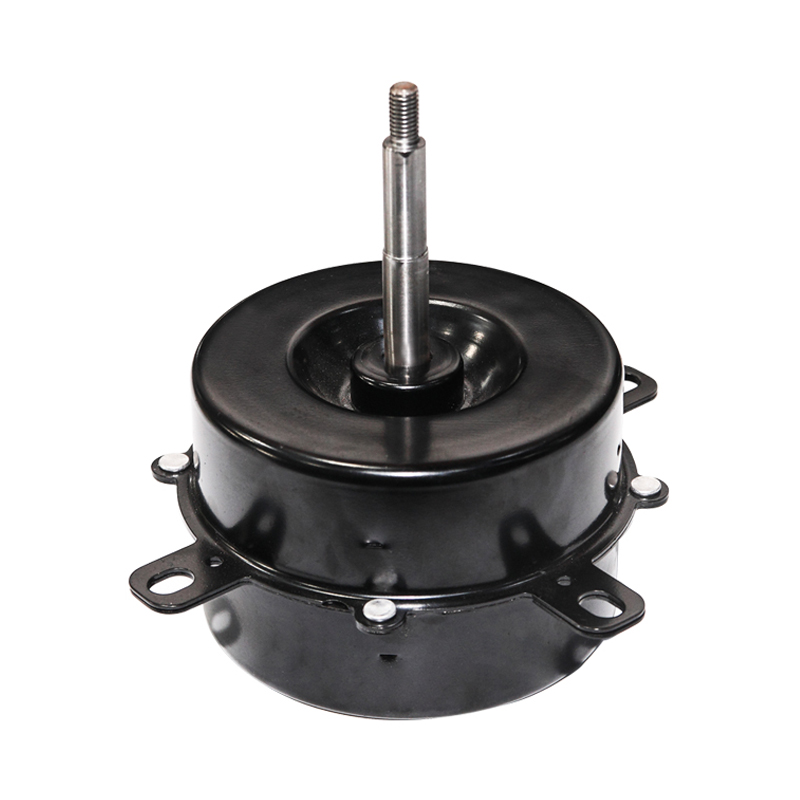
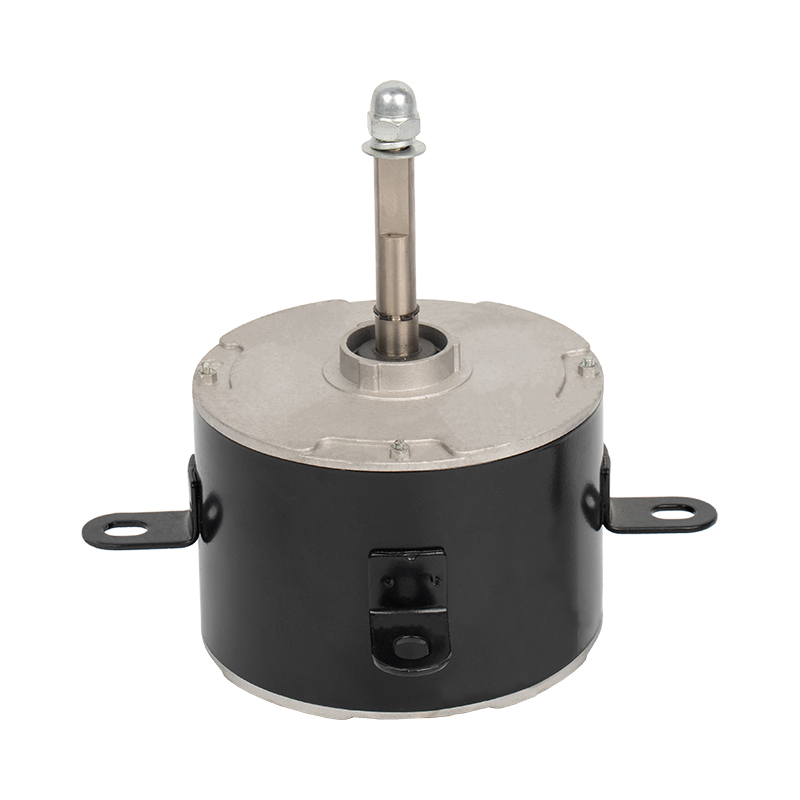
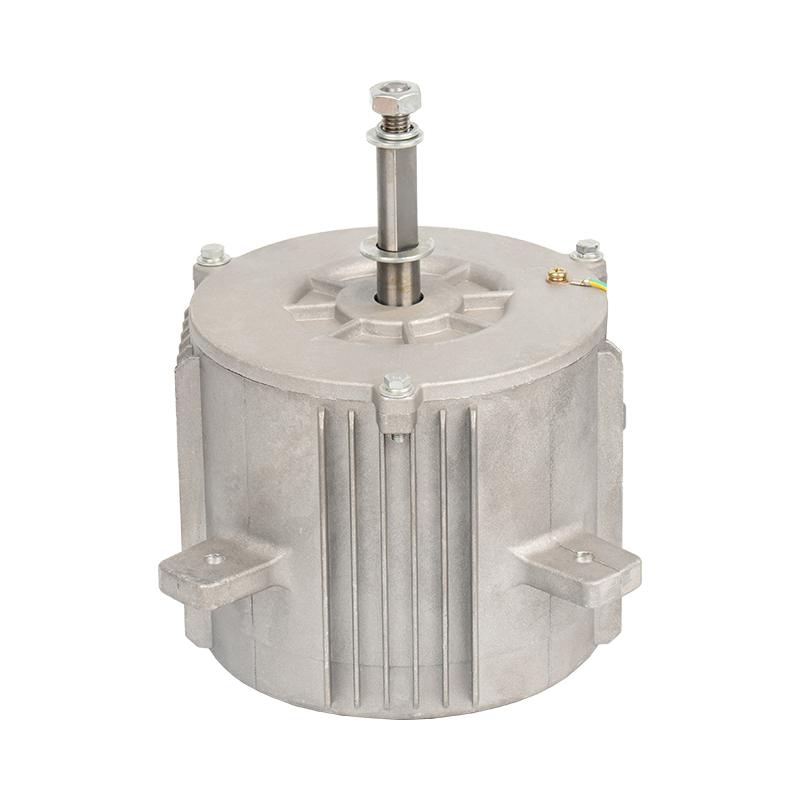


 Home
Home  Tel.: +86-13819807486
Tel.: +86-13819807486 Whatsapp:+86 13819807486
Whatsapp:+86 13819807486 E-mail:
E-mail: 



